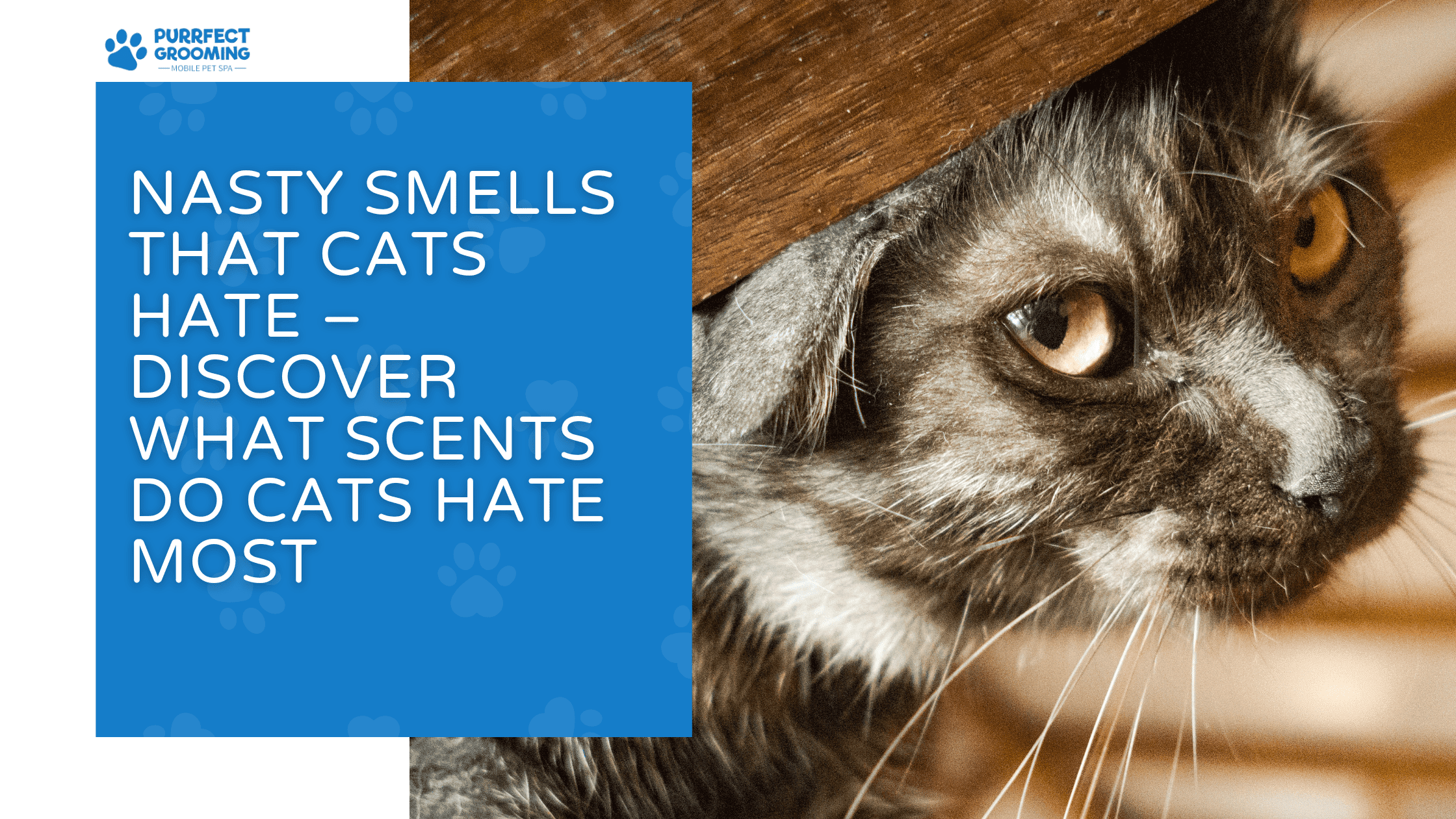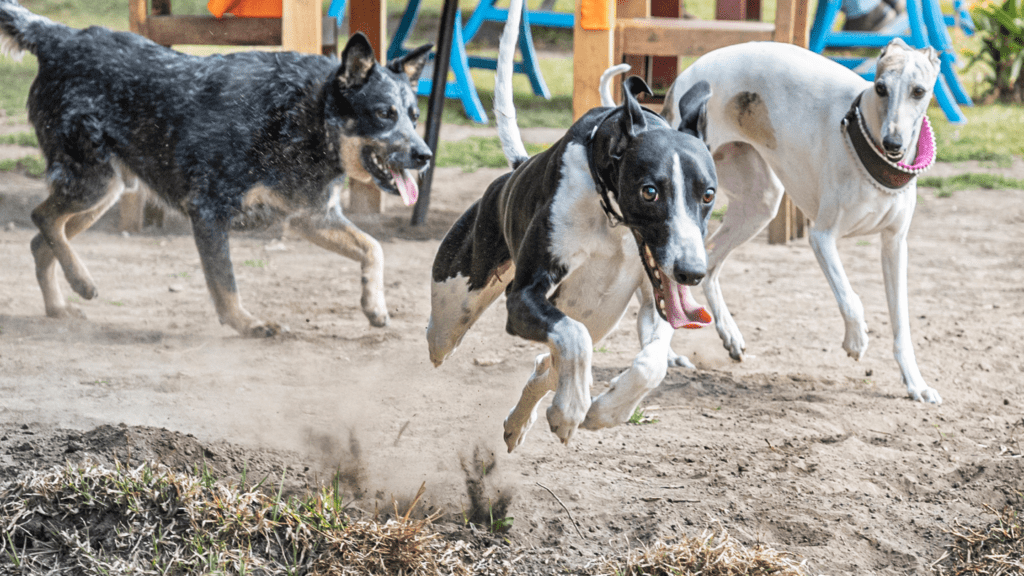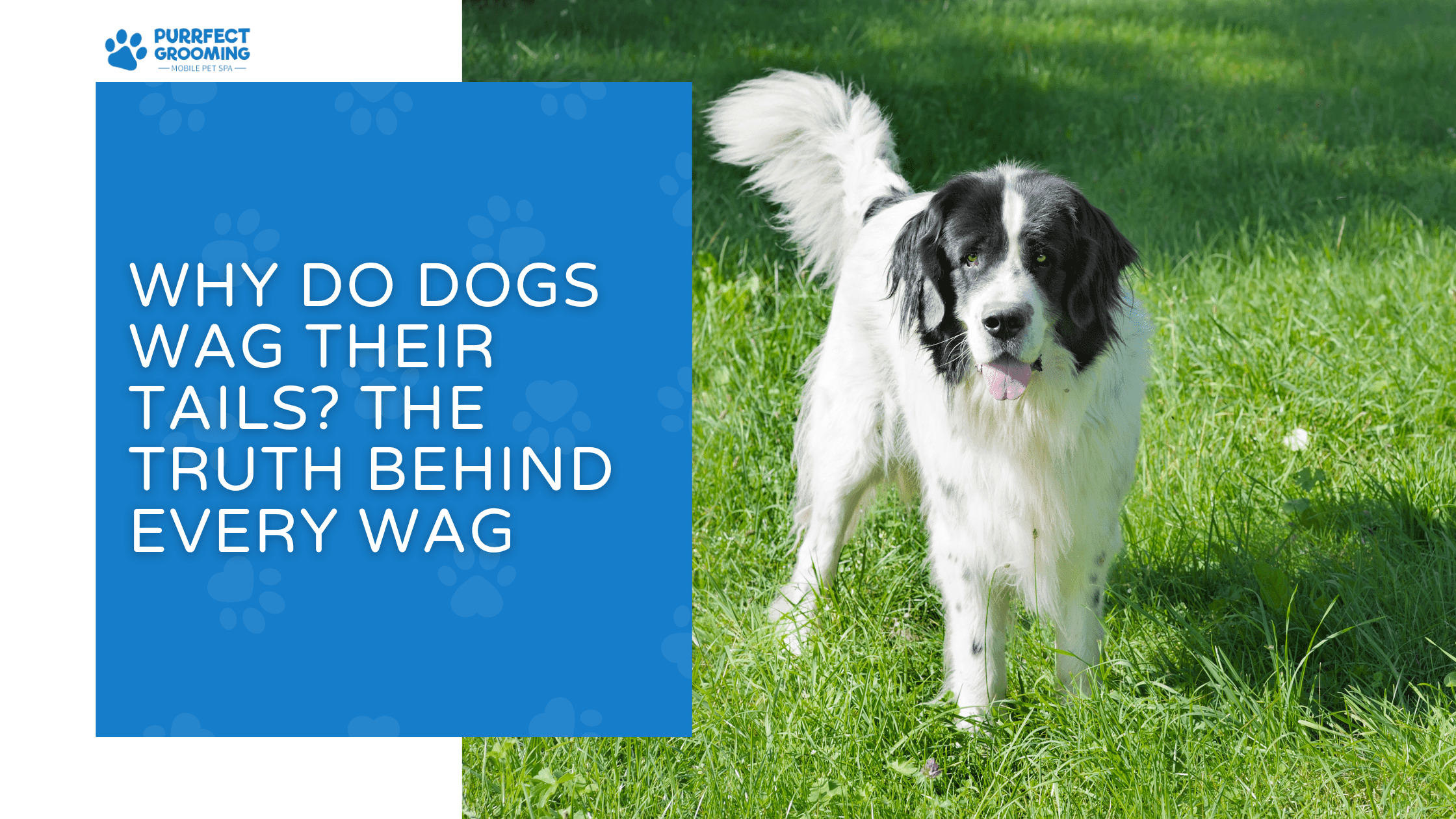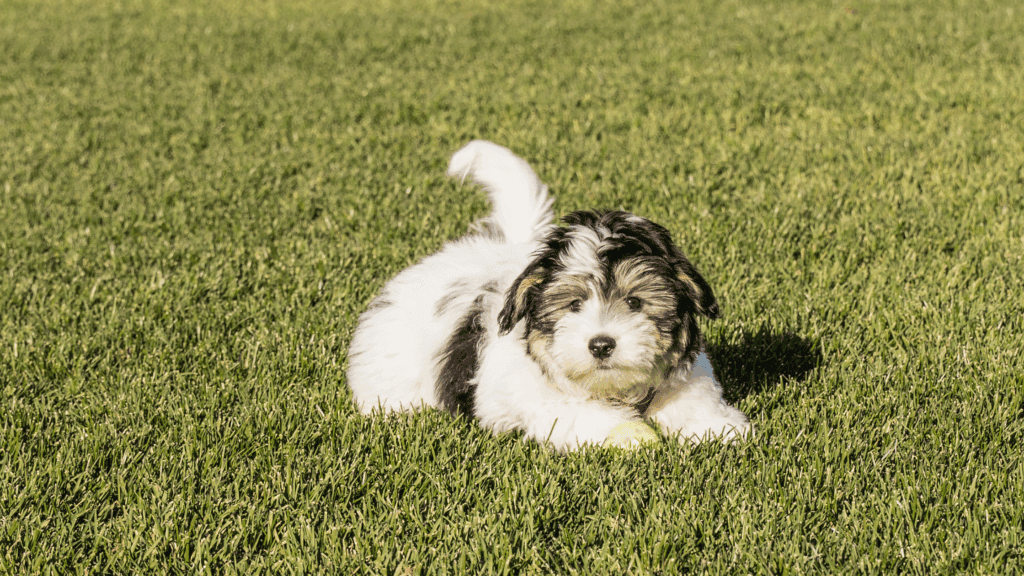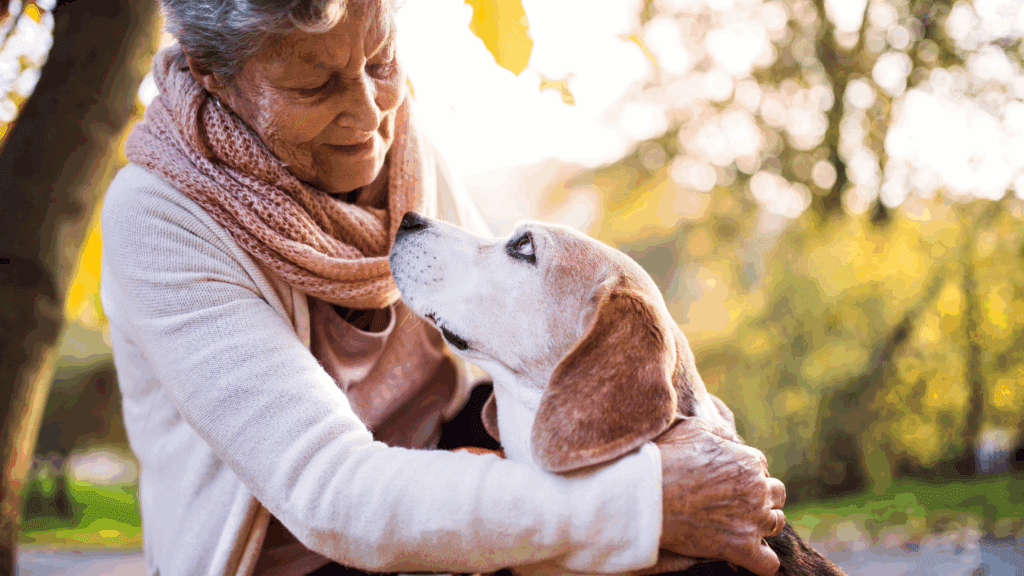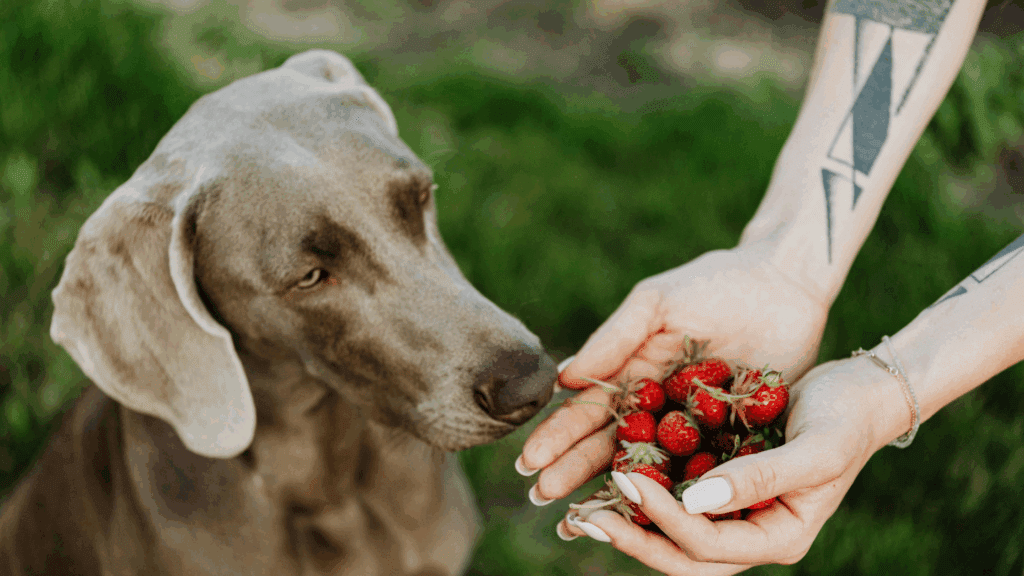9 Nasty Smells That Cats Hate – Discover What Scents Do Cats Hate Most
Cats have a powerful sense of smell—about 14 times stronger than humans. So when you wonder what scents do cats hate, you’re tapping into one of their most defining traits. From citrus to vinegar and even essential oils, some odors make your cat run the other way!
According to a study by VCA Animal Hospitals, a cat’s nose has over 200 million scent receptors compared to only 5 million in humans. Understanding the specific smells cats hate not only helps you protect areas of your home but also keeps your kitty safe from potentially harmful substances.
Why Understanding Feline Scent Aversions Is Important
You love your cat—but you might not love when it scratches furniture or jumps on countertops. That’s where knowing what scents do cats hate comes in handy. Using these scents as natural deterrents can protect both your belongings and your pet without harsh chemicals or punishments.
How Cats Perceive Smells
The Feline Olfactory System Explained
Cats rely heavily on their sense of smell for navigation, communication, and survival. They have a vomeronasal organ (Jacobson’s organ) on the roof of their mouths that enhances their scent detection. This means certain odors that seem mild to you may feel overwhelming—or even toxic—to them.
How Smell Impacts Feline Behavior
A cat’s reaction to scent isn’t just about dislike. Some smells can cause anxiety, avoidance, or even aggression. That’s why using scent-based repellents should always be done with care.
1. Citrus Scents
Why Cats Hate Oranges, Lemons, and Limes
Citrus smells like lemon, orange, and lime are at the top of the “cats hate this” list. The acidity and overpowering aroma irritate their sensitive noses and can even cause sneezing or stress.
Common Household Products with Citrus
| Product | Citrus Ingredient | Cat-Safe? |
| Natural surface cleaners | Lemon or orange oil | No |
| Air fresheners | Citrus essence | No |
| Essential oils | Lemon extract | Definitely not |
2. Vinegar
Strong Acidity Cats Can’t Stand
The pungent, tangy scent of vinegar is naturally repulsive to cats. It overwhelms their olfactory senses and makes it a great choice for deterring scratching or marking.
Safe Ways to Use Vinegar as a Repellent
Mix equal parts white vinegar and water in a spray bottle and mist furniture or baseboards. Avoid spraying it directly on your cat, of course!
3. Essential Oils
Which Essential Oils Are Toxic to Cats
Essential oils like tea tree, eucalyptus, peppermint, and cinnamon can be extremely toxic. Even inhaling them in diffused air can cause liver issues or respiratory distress.
Why Diffusers Can Be Harmful
Diffusers aerosolize oil particles, which cats can inhale. Since cats groom themselves constantly, particles landing on fur also get ingested.
4. Eucalyptus and Menthol
Cooling Scents That Irritate Cats
What’s refreshing to us—like menthol and eucalyptus—is overwhelming for cats. These ingredients are found in chest rubs, muscle balms, and some floor cleaners.
Risks and Safety Precautions
Always store such products out of reach and never use them to clean litter areas or feeding spots.
5. Bananas
Enzyme Content That Repels Cats
Cats dislike the smell of bananas because of an enzyme called ethyl acetate in the peel, which releases a strong chemical scent.
Use of Banana Peels as Deterrents
Placing banana peels in potted plants or corners can keep cats away—but swap them out before they rot!
6. Lavender
Relaxing for Humans, Stressful for Cats
Though lavender helps humans unwind, it can make cats anxious or irritated. Some cats even experience nausea around dried lavender sachets.
Toxicity Concerns with Lavender
Lavender contains linalool, a compound toxic to cats if consumed or inhaled in large quantities.
7. Pepper and Spicy Scents
Capsaicin and Its Strong Reaction in Cats
Spicy scents like chili or black pepper cause immediate discomfort. Capsaicin, the compound responsible for the heat in peppers, can irritate a cat’s nasal passages and skin.
Dangers of Spicy Deterrents
Avoid sprinkling pepper flakes directly; they may cause painful reactions in paws or eyes.
8. Pine and Cedar
Woodsy Scents That Don’t Sit Well with Felines
Although some cat litters include pine or cedar, not all cats tolerate these well. The natural oils can be irritating and even toxic.
Litter Box and Cleaning Product Warnings
Make sure your pine or cedar litter is kiln-dried and chemical-free. Avoid cleaners with added pine fragrance.
9. Dirty Litter Boxes
Natural Aversion to Soiled Environments
Cats are clean creatures. A dirty litter box can repel them not just from the box, but from the entire room!
How to Keep Your Cat’s Litter Area Clean
- Scoop daily
- Replace litter every week
- Wash box monthly with fragrance-free soap
Table: Summary of Scents Cats Hate and Why
| Scent | Why Cats Hate It | Safe Use? |
| Citrus | Too acidic and overwhelming | Yes, with dilution |
| Vinegar | Strong tangy smell irritates | Yes |
| Essential Oils | Toxic when inhaled or ingested | No |
| Eucalyptus | Irritating and possibly toxic | No |
| Bananas | Enzyme-based chemical odor | Yes |
| Lavender | Contains linalool, can be toxic | With caution |
| Pepper | Capsaicin causes discomfort | No |
| Pine/Cedar | Natural oils can be irritating | Only chemical-free |
| Dirty Litter | Bacteria and ammonia smell | N/A – just clean it! |
Natural Cat Repellent Recipe Using Hated Scents
Here’s a safe and effective homemade spray to keep cats away from certain areas:
Ingredients:
- 1 cup water
- 1 tbsp lemon juice
- 1 tbsp white vinegar
- 5 drops of citronella essential oil (optional and use with caution)
Mix and spray lightly around baseboards, furniture legs, and plant pots.
Do These Scents Harm Cats or Just Repel Them?
While most scents just repel, some—like essential oils, lavender, and menthol—can harm cats if used improperly. Always err on the side of caution and consult your vet if unsure.
How to Use These Smells Effectively and Safely
- Always dilute strong substances like vinegar or lemon juice.
- Avoid direct contact with fur, food, or litter.
- Test small areas first to make sure your cat doesn’t overreact.
Common Myths About What Scents Do Cats Hate
- Myth: All cats hate lavender.
Truth: Some tolerate it, but most dislike it. - Myth: Citrus peels are enough.
Truth: They dry out quickly and lose scent potency.
Conclusion
So, what scents do cats hate? Turns out—quite a few! Citrus, vinegar, lavender, and more can all act as safe deterrents when used carefully. But remember, every cat is different. What drives one cat up the wall might not faze another. Start slow, test safely, and always choose the most humane way to redirect unwanted behavior.
Pro Tip for Cat Owners
Instead of relying solely on aversive smells, combine scent deterrents with positive reinforcement. For every “No” scent zone, create a “Yes” area with toys, catnip, or a cozy bed!
FAQs
1. Can I use essential oils around cats if I diffuse them?
Not recommended. Even diffused oils can harm your cat’s respiratory system over time.
2. Why does my cat avoid certain rooms?
It may be due to specific scents like cleaning products, perfumes, or air fresheners they dislike.
3. Is it safe to spray lemon water around cats?
Yes, if diluted properly and not sprayed on their belongings or skin.
4. What smell do cats hate but dogs don’t mind?
Vinegar is disliked by cats but doesn’t usually bother dogs.
5. Are there any commercial products using these smells safely?
Yes! Look for pet-safe citrus sprays or motion-activated air sprayers.
